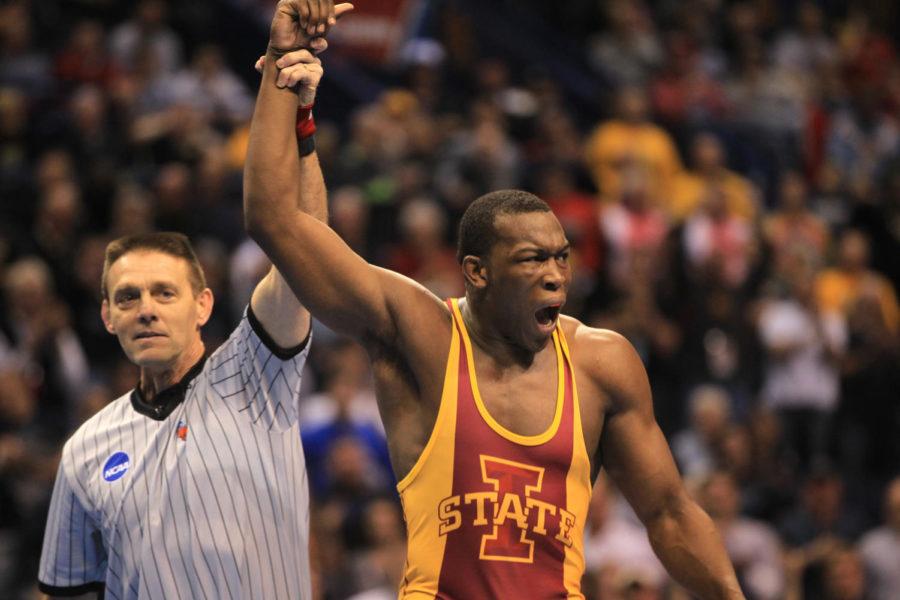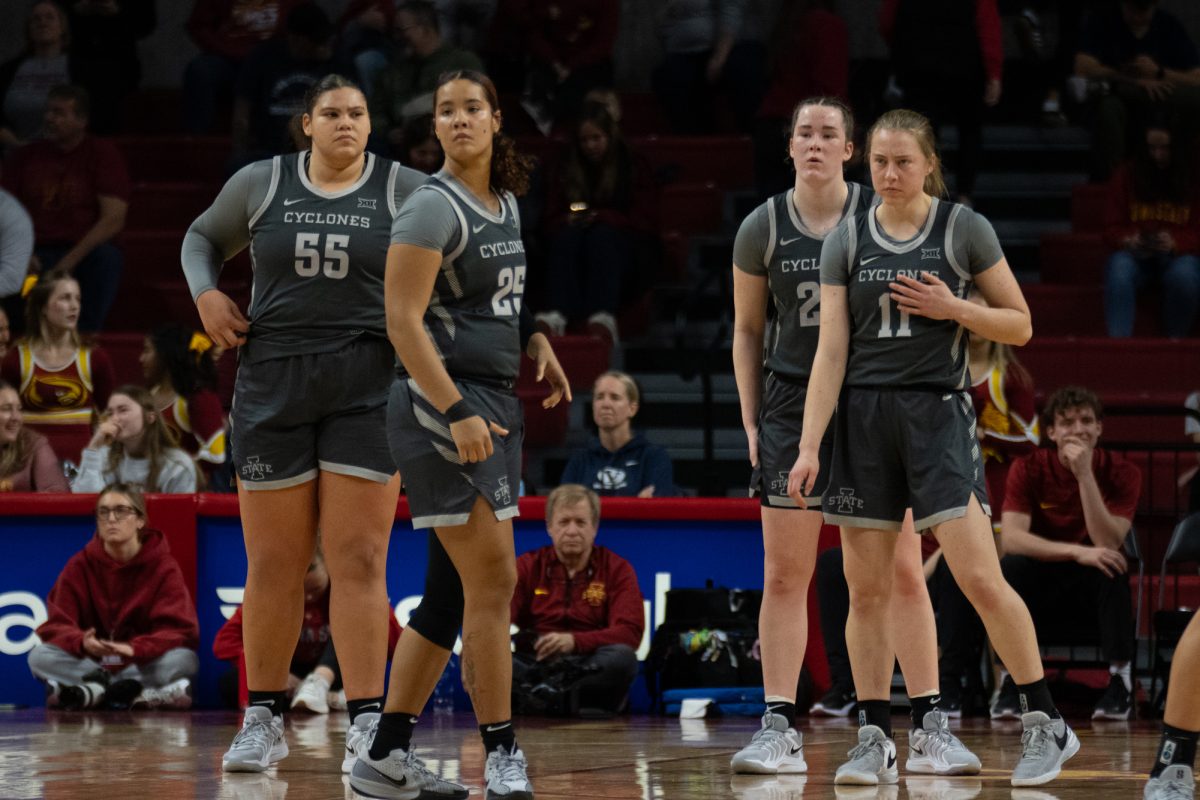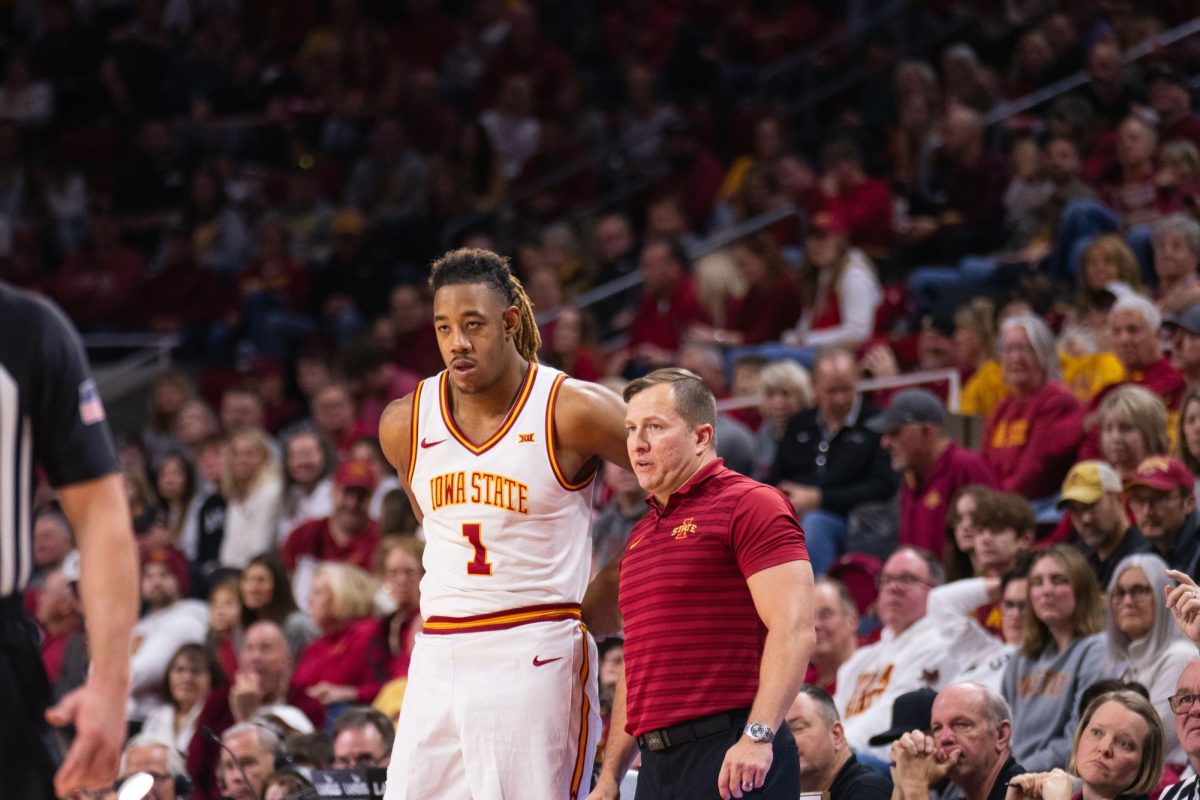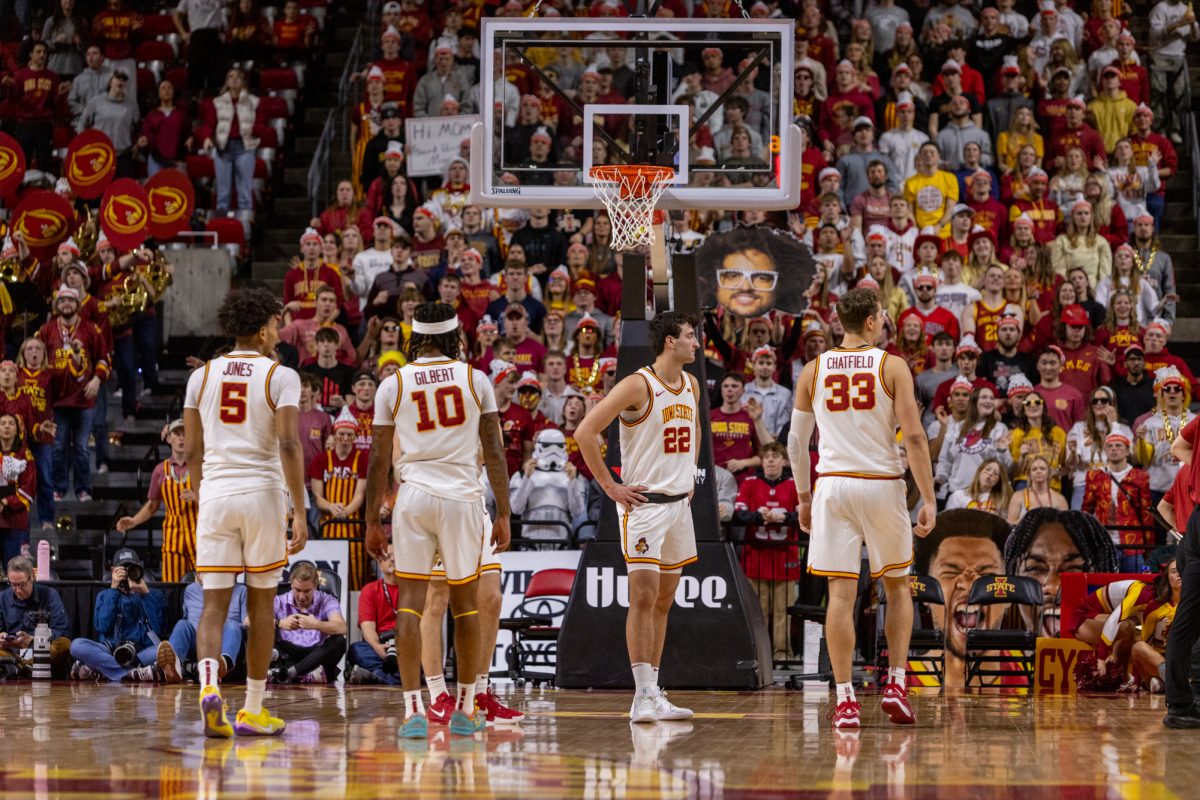Allocation Explanation: Breaking down the NCAA’s postseason wrestling process
February 26, 2019
On Thursday, the calendar flips to March, and one of the best sports months of the year follows.
Baseball continues its spring training, Cinderella teams emerge in the NCAA basketball tournaments and wrestling shines on a broader scale, appearing on ESPN and ESPNU three days in a row.
As Iowa State’s wrestling program improved this season, more Cyclone fans have jumped on the bandwagon and plan to follow the wrestlers to the NCAA Championships.
March also presents a lot of rules and processes for postseason events, which aren’t always clearly stated and can cause confusion for newer (or seasoned, too) fans.
With that said, kick back and relax. Let’s dive into the NCAA rules and formats for wrestling’s NCAA Tournament.
Allocations
This is a big one.
Automatic qualifying allocations for the NCAA Championships are distributed through conference tournaments. To receive a bid an individual needs to finish in a certain place at his weight to earn it.
For example, the Big 12 had five allocations for 149-pounds last season. Iowa State’s Jarrett Degen finished third to earn a trip to Cleveland.
On the flip side, at 141-pounds Iowa State’s Ian Parker finished fifth, but his ticket didn’t get punched. The reason being, the Big 12 had three spots available for the NCAA Championships at 141-pounds.
Each weight sends 33 athletes to the big dance, but those spots are distributed between eight conferences. The top conference receives more allocations than smaller or worse conferences.
It’s also noteworthy that not all 33 spots are allocated at the conference tournaments. Last season, the highest amount of allocations given for a weight was 29, leaving at least four openings for each weight class — these are called at-large bids.
In 2019, there will be 40 at-large bids up for grabs. Essentially, the at-large bids help protect a heavy favorite who gets upset or has to withdraw from injury or just missed the cut to still make it. A committee votes on the at-large bids.
Long story short: the easiest path to the NCAA Championships is to earn an allocation at a conference tournament, and you’re in.
Who gets allocations?
As previously mentioned, better conferences collect more allocations. Conferences also earn allocations through its individual wrestlers, but the wrestlers don’t automatically receive the allocation: they have to earn it at the conference tournament.
For example, Wrestler A receives an allocation for the Big 12 at 125-pounds. The Big 12 has three allocations in this example. Wrestler A finishes fourth at the Big 12 Tournament. Wrestler A doesn’t automatically qualify for the NCAA Championships (he could get an at-large bid, though).
Before they can earn allocations for their conference, individuals have to pass criteria. The three criteria involves ratings percentage index (RPI), Division I winning percentage at the weight class and coaches’ ranking.
They have to meet two of the three criteria.
Division I Winning Percentage
This is likely the simplest criteria to understand. Essentially, an athlete has to compete in eight matches against Division I opponents at a specific weight class. The threshold that’s relevant is a .700 winning percentage.
Medical forfeits and forfeits also count toward the eight matches, but not toward RPI.
RPI
RPI is tallied through 50 percent opponents winning percentage, 25 percent RPI winning percentage and 25 percent opponents’ opponents winning percentage. All three are gathered from only Division I matches.
This essentially serves as a strength of schedule type of criteria. To receive an RPI, 17 matches at the Division I level are required at the weight class. Forfeits and medical forfeits don’t count, but injury defaults do.
The target goal here is a top 30 spot.
Coaches Rankings
Another pretty simple one is the coaches rankings. Five Division I matches at the weight class are required and one match within the last 30 days is needed to be eligible in the coaches rankings.
The goal here is to also hit the Top 30.
Hopefully, this clears the air on some of the jargon used by the NCAA. If Iowa State’s in a good position for an at-large bid, expect another breakdown of that from the Iowa State Daily.
Most of all, though, enjoy the greatness of college athletics in March.







